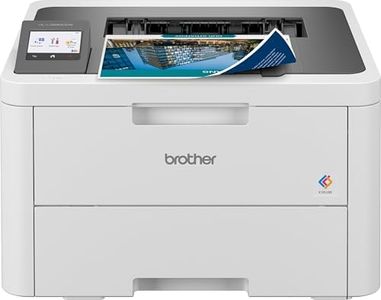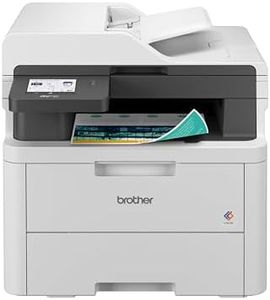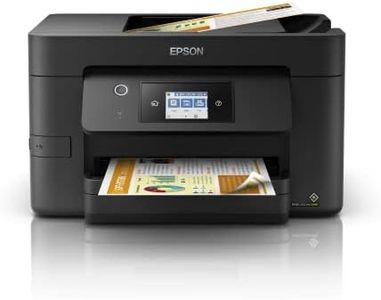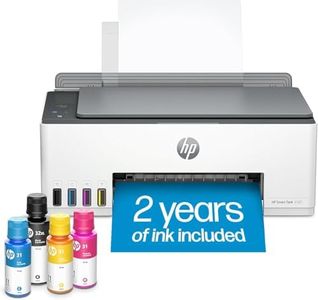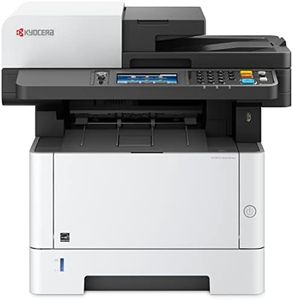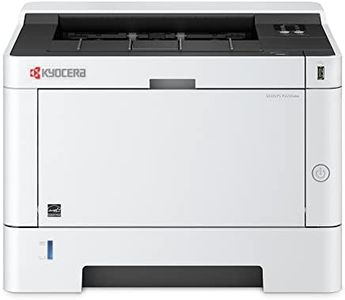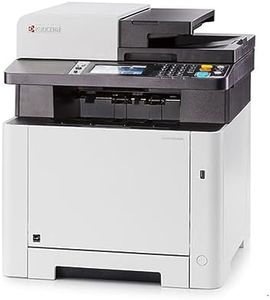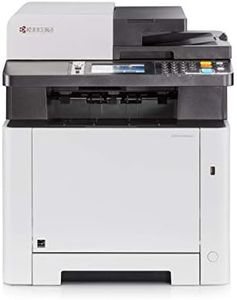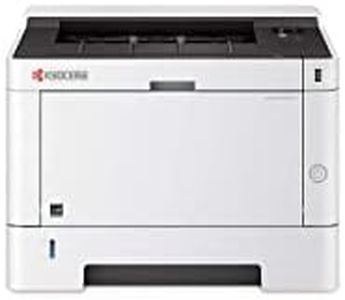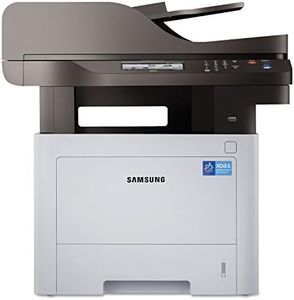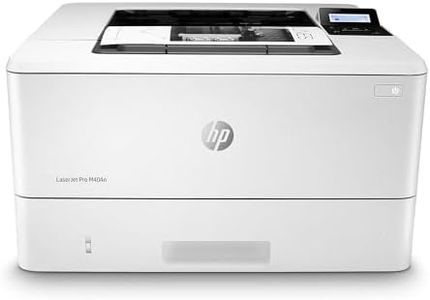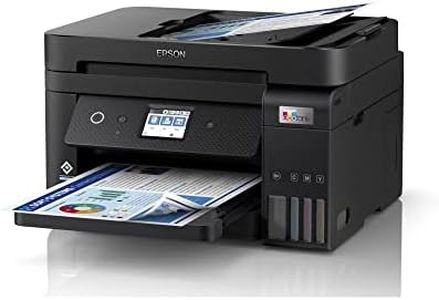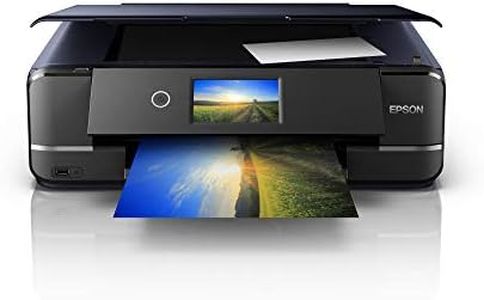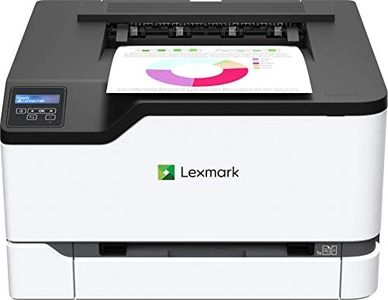We Use CookiesWe use cookies to enhance the security, performance,
functionality and for analytical and promotional activities. By continuing to browse this site you
are agreeing to our privacy policy
10 Best Wired Printers
From leading brands and best sellers available on the web.By clicking on a link to a third party's website, log data is shared with that third party.
Buying Guide for the Best Wired Printers
Choosing a wired printer can seem overwhelming with many models and features available, but understanding your own needs and knowing what each key specification means makes it much simpler. Start by thinking about how you'll use the printer: Will you print mostly documents, photos, or both? How frequently will you print? Do you need special features like scanning or copying? Once you have a sense of your main uses, looking at the right specs can guide you to the best choice for your situation.Print TechnologyPrint technology refers to the method the printer uses to transfer ink or toner onto paper. The main types are inkjet and laser. Inkjet printers use liquid ink and are generally good for both color images and documents, making them suitable for users who need to print a variety of materials, including photos. Laser printers use toner powder and are typically much faster for high-volume text documents, with lower ongoing costs for large batches. Consider what you print most often: color and images point toward inkjet, while high-volume text points toward laser.
Print SpeedPrint speed, often measured in pages per minute (ppm), lets you know how quickly the printer outputs documents. For occasional home use, low speeds (under 10 ppm) are usually enough. Medium speeds (10-20 ppm) fit small offices or busier households. High speeds (over 20 ppm) are best if you print many pages regularly. Think about your average printing session; if you find yourself waiting for print jobs frequently, a higher speed will save you time.
Print ResolutionPrint resolution, measured in dots per inch (dpi), indicates the detail and clarity of printed documents and images. Lower resolutions (600-1200 dpi) are fine for plain text, while higher resolutions (2400 dpi and above) are best for sharp graphics and photo printing. If you only print text, you don't need high resolution, but if you want crisp pictures or detailed graphics, prioritize this spec.
Connectivity PortsWired printers connect to your devices using different types of ports, most commonly USB but sometimes Ethernet. USB is ideal for direct, single-device connection, making setup simple and reliable for personal or home office use. Ethernet allows multiple computers in a network to share the printer, useful for offices or shared environments. Choose USB if you'll use the printer with just one computer, or Ethernet if several people need access.
Paper HandlingPaper handling covers both the input tray capacity (how many sheets the printer can hold at once) and the range of paper sizes or media types supported. Small trays (under 100 sheets) are fine for light use, medium trays (100-250 sheets) for regular personal or shared use, and large trays (over 250 sheets) for heavy-duty tasks. Some printers also handle envelopes, labels, or cardstock. Consider how much you print at once and what kinds of materials you may want to use.
Multifunction FeaturesSome wired printers include extras like scanning, copying, and faxing. If you only need to print, a basic model keeps things simple. But if you often scan documents or make copies, an all-in-one model streamlines your workflow. Think about your usual tasks; if you visit a copy shop for these services, getting them built-in might save you hassle and time.
Operating System CompatibilityNot all printers work smoothly with every computer system. Most mainstream printers support Windows and MacOS, but some don't work well with less common systems or older computers. Always check for compatibility with your current devices to avoid connectivity or driver issues.
